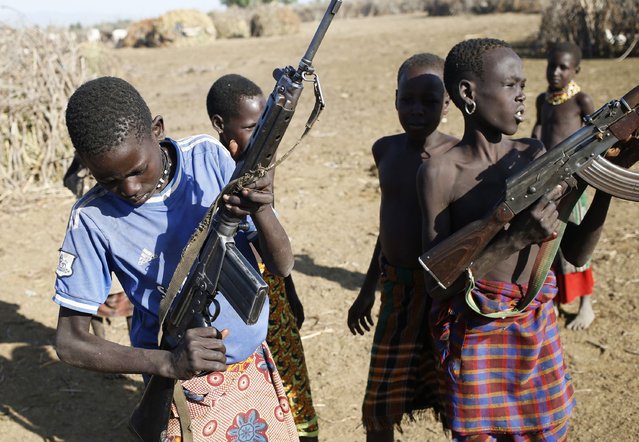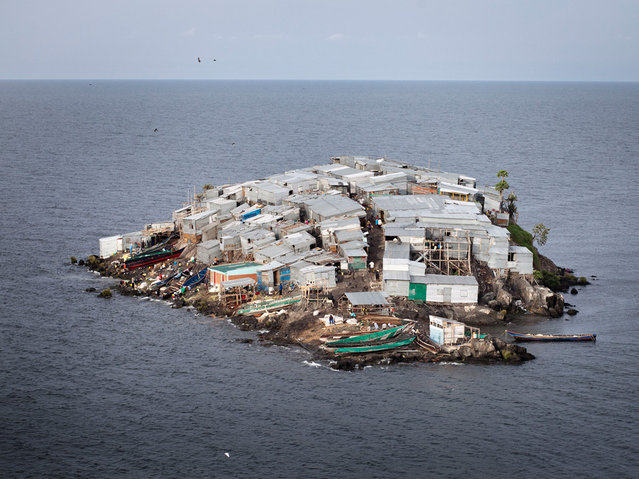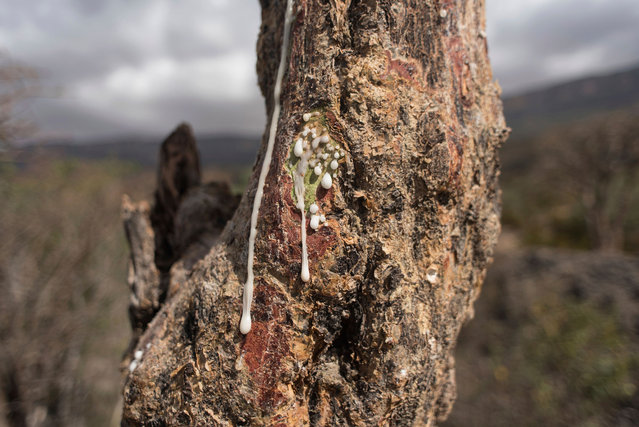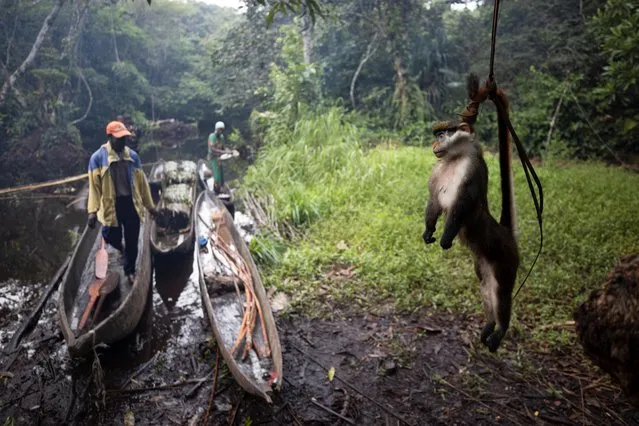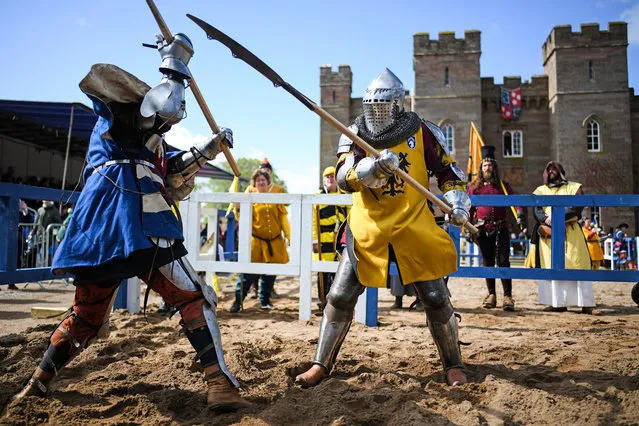
Competitors take part in the International Medieval Combat Federation World Championships at Scone Palace on May 10, 2018 in Perth, Scotland. Thousands of visitors are expected to attend the crowning place of Scottish Kings, Scone Palace for the IMCF World Championships which has five hundred competitors and officials from all over the world, from the UK to as far afield as Australia, South Africa and Mexico. (Photo by Jeff J. Mitchell/Getty Images)
12 May 2018 00:01:00,post received
0 comments

